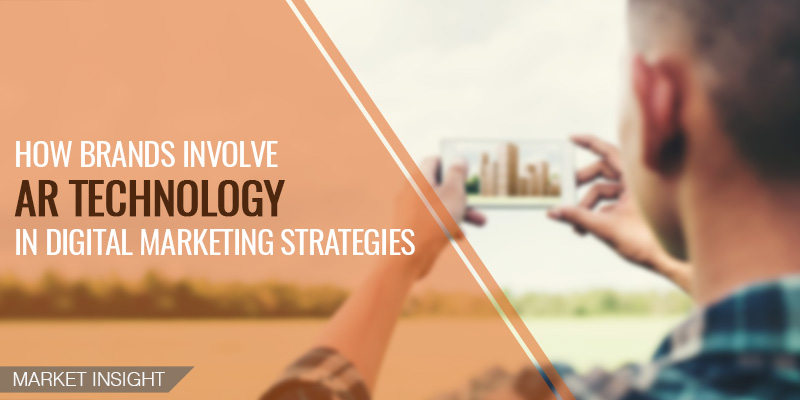How Brands Involve Augmented Reality Technology in Digital Marketing Strategies

Last year, Pokémon Go went viral as an augmented reality (AR) smartphone game and even became a worldwide pop culture phenomenon. Delivering over $600 million revenue in its first 3 months since launched, Pokémon Go is considered as a target for marketers to dig into the potential of AR to engage large audience in their future campaigns.
“Will the next coming years be the era of VR and AR?” may be a question in many marketers’ mind, and here we identify some insights on how brands can involve this advanced technology in their digital marketing strategies.
What is Augmented Reality?
Augmented reality (AR) is using technology which superimposes digitally generated sensory input to change the way we see the world. It shapes users’ current surroundings into a digital interface like graphics, sound and location by positioning virtual objects in reality. The application tools of augmented reality can be mainly distinguished as 3 types – 3D viewers, browsers and games, which do not require extra equipments like VR headsets.
AR helps Coca-Cola break ice
Two years ago, Coca-Cola associated with the World Wildlife Fund to launch Arctic Home, a project against global warming, adopting AR to bring visitors virtual experience in real time and place. Visitors could walk around the arctic-themed area with fake snow, and interact with virtual polar bears in front of screens. Augmented reality technology is surely the spotlight in the campaign, which physically surrounded the audience with polar bears’ miserable life.
AR gives you suggestions for home decoration
Ikea rolled out Catalog app in 2014 to offer customers a new shopping experience by virtue of the AR mode. After launching the app, the users are instructed to scale the virtual products in the catalog in their room displayed by their device camera. Changing colour, rotating, repositioning…the users could experience these actions to decorate their home on-screen thanks to AR technology, and thus make more purchase decisions.
The future of AR marketing
Augmented Reality starts to blossom via mobile devices since 2016. In F8, Facebook CEO Mark Zuckerberg indicated how augmented reality will shape our daily life in the future. It’s a good sign to many marketers due to its significance in offering a wider scope for customers’ engagement with campaigns.
According to Tractica, the market of mobile AR is expected to reach 1.9 billion unique monthly active users around the world by 2022, which is skyrocketing from nearly 343 million last year. Learning their mobile activity including moments, locations and types of their engagement, marketers can initiate their brand strategy or ad campaigns based on different dimensions, particularly geolocation. Glimpsing the success of Pokémon Go game, the potential of AR-geolocation combination has been unveiled among many of us. Let’s see whether it will be the next big thing among the largest segments of mobile users, millennials and Generation Z in the coming years.







